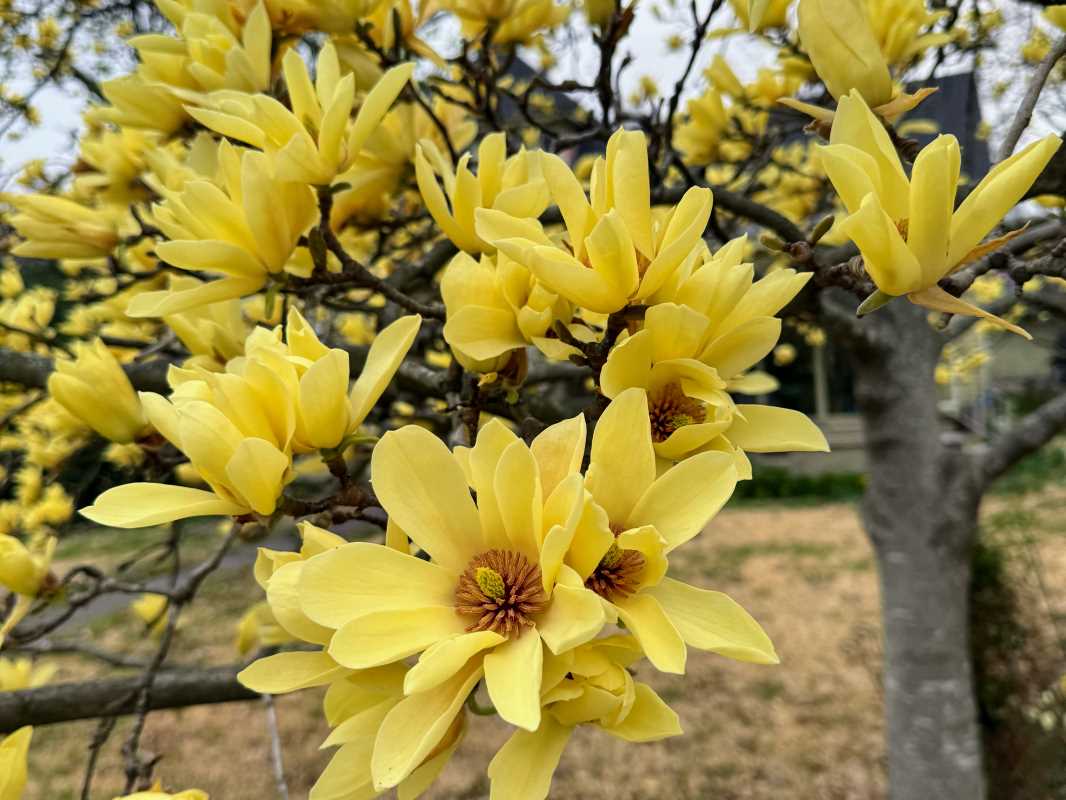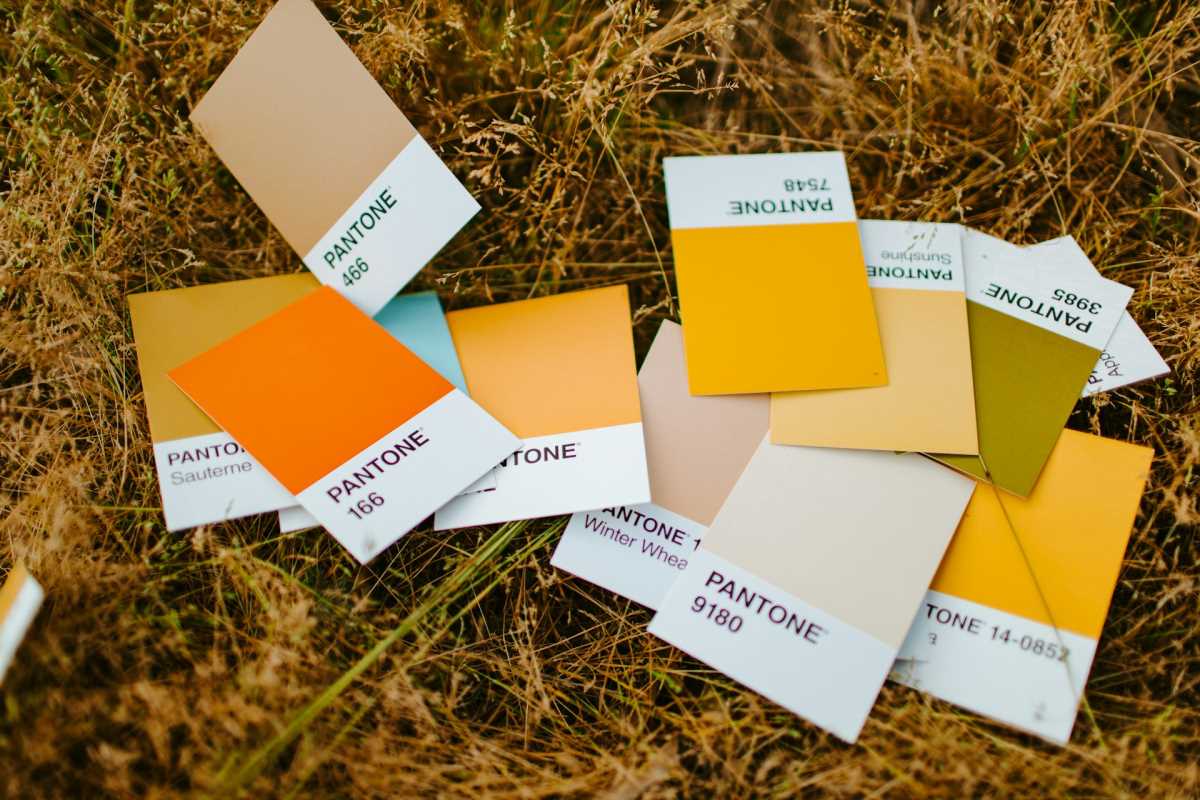Gardening is a deeply rewarding hobby, providing a sense of accomplishment as plants flourish under your care. However, not all plants are created equal when it comes to ease of cultivation.
Some species are notoriously finicky, demanding specialized attention to thrive. These plants, while challenging, reward the dedicated gardener with unparalleled beauty and uniqueness. Let’s delve into some of the most difficult garden plants and flowers to grow and explore how you can succeed with them.
Orchids
Orchids are often synonymous with elegance, making them a popular yet challenging choice for gardeners. These exotic flowers require a delicate balance of humidity, temperature, and light to thrive.
Orchids prefer well-draining soil, often a mix of bark, sphagnum moss, and perlite, to prevent waterlogged roots. Overwatering is a common mistake, as their roots are highly susceptible to rot.
In addition to proper watering, orchids demand indirect sunlight and a controlled environment, particularly in climates with fluctuating temperatures. Investing in a humidity tray or a small humidifier can help create the ideal environment for these temperamental beauties. Despite their reputation, with consistent care and observation, orchids can become a dazzling centerpiece of your garden or indoor space.
Bonsai Trees
Bonsai trees are a testament to the artistry and patience of gardening. These miniature trees symbolize harmony and meticulous care, but they come with their fair share of challenges.
Bonsai requires regular pruning to maintain their iconic shape, and pruning errors can result in disproportionate or unhealthy growth. Choosing the right soil is equally important; most bonsai prefer well-draining, nutrient-rich mixes.
Watering can be tricky, as bonsai need just the right amount to prevent dryness or root rot. Factors such as tree species, pot size, and climate all influence watering frequency. Many beginners benefit from learning basic wiring techniques to guide the tree's shape over time.
While cultivating bonsai is demanding, the process fosters mindfulness and rewards gardeners with a living masterpiece.
Venus Flytrap
Few plants capture the imagination quite like the Venus Flytrap. Known for its carnivorous appetite and quick-closing traps, this fascinating plant requires careful attention to flourish. Native to the wetlands of North and South Carolina, Venus Flytraps thrive in moist, acidic soil. Avoid regular potting mixes; instead, opt for a blend of sphagnum moss and sand or perlite.
The plant’s water source is equally crucial—tap water can harm Venus Flytraps due to its mineral content. Stick to distilled or rainwater to prevent buildup in their delicate system. Regular exposure to bright, indirect sunlight and occasional feeding with insects ensure their vitality. Despite their eerie reputation, Venus Flytraps are surprisingly delicate and will reward the attentive gardener with strikingly unique growth.
Venus Flytraps are protected in the wild due to habitat destruction, making cultivated plants even more special.
Japanese Maple Trees
Japanese Maple Trees are revered for their graceful forms and vibrant foliage, yet they can be finicky in unsuitable climates. These ornamental trees prefer temperate conditions, thriving in well-drained, slightly acidic soil. Strong winds, frost, or excessive heat can damage their delicate leaves, so planting them in a sheltered location is vital.
Pruning is essential to maintain their structure and health, but over-pruning can weaken the tree. Japanese Maples also require consistent moisture without waterlogging, making proper irrigation a must. For those willing to meet their needs, these trees offer year-round beauty, transitioning through a stunning palette of colors with the seasons. There are over 1,000 cultivars of Japanese Maples, each showcasing unique leaf shapes, sizes, and hues.
Lavender
Lavender is a favorite among gardeners for its fragrant flowers and versatility, but it can be challenging to grow outside its ideal Mediterranean-like conditions. Lavender thrives in sunny locations with well-draining soil.
Clay-heavy or overly moist soils can lead to root rot, so adding sand or gravel to improve drainage is often necessary.
Once established, lavender is drought-tolerant and requires minimal watering, making it a low-maintenance addition to gardens in arid climates. Pruning after the flowering season encourages healthy growth and prevents the plant from becoming woody.
With proper care, lavender rewards gardeners with its soothing aroma and pollinator-friendly blooms.
Tips for Success
Although these plants present unique challenges, they offer an excellent opportunity to grow as a gardener. Success lies in research and understanding each plant’s specific needs, from soil type and watering habits to sunlight requirements and pruning techniques. Beginners might feel daunted, but trial and error is part of the journey. Each failure is a lesson, and each success is a source of pride.
If you’re tackling challenging plants for the first time, start small—perhaps with one or two varieties. Focus on providing consistent care, and don’t hesitate to seek advice from gardening communities or local experts. With patience and dedication, even the most demanding plants can become thriving, beautiful additions to your garden.
While certain garden plants and flowers demand extra effort, the rewards far outweigh the challenges. Orchids, bonsai trees, Venus Flytraps, Japanese Maples, and lavender all bring unique beauty to any space.
With the right knowledge, attention to detail, and a willingness to learn, you can cultivate these remarkable plants successfully. Over time, you’ll not only grow a stunning garden but also develop invaluable skills and a deeper appreciation for the art of gardening. Happy planting!







